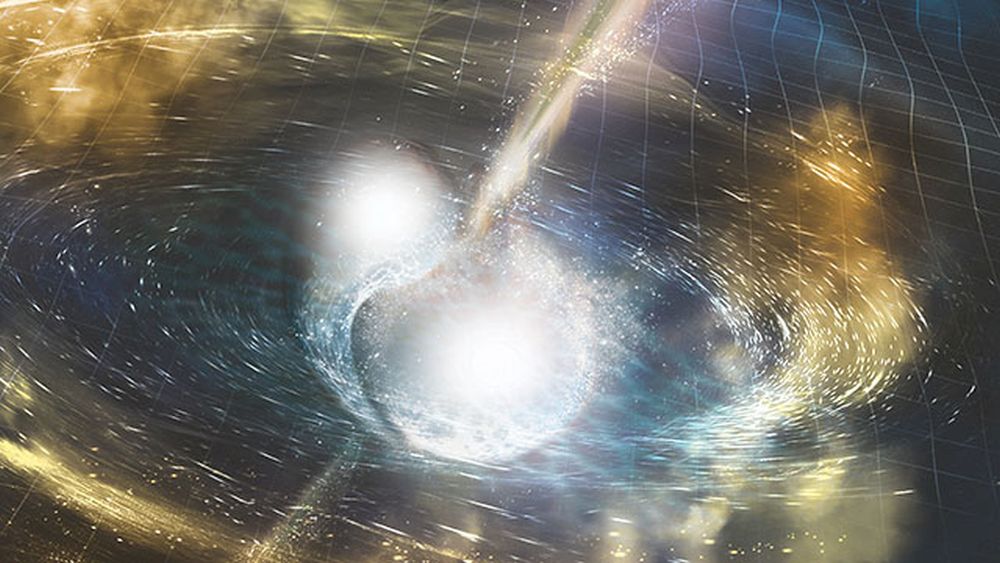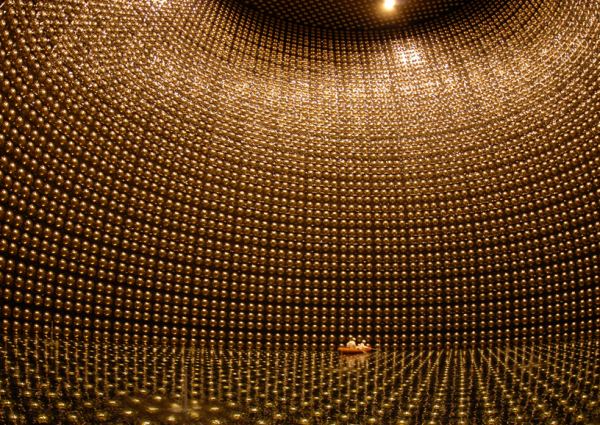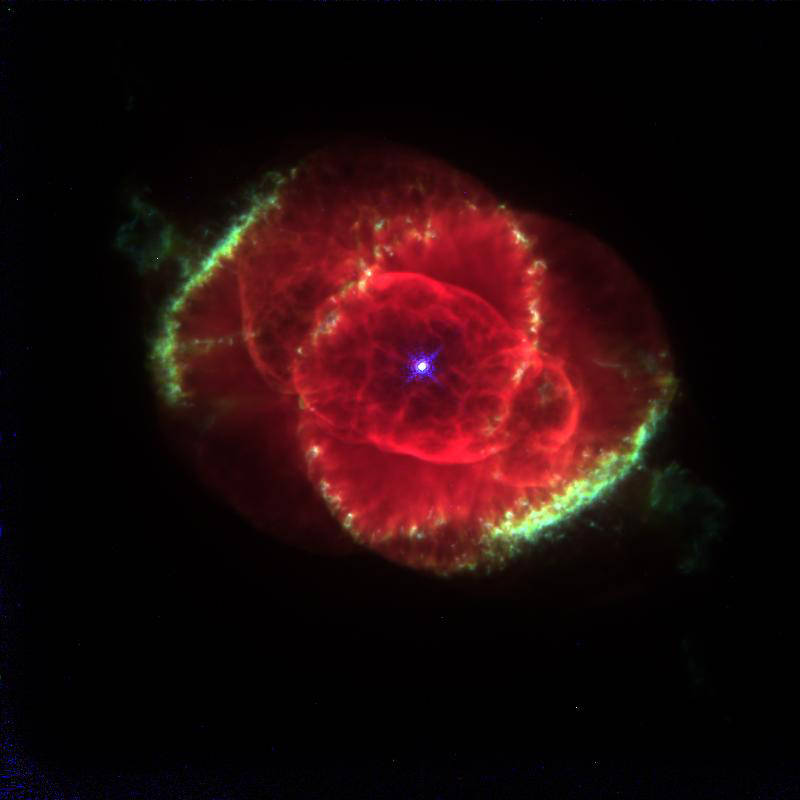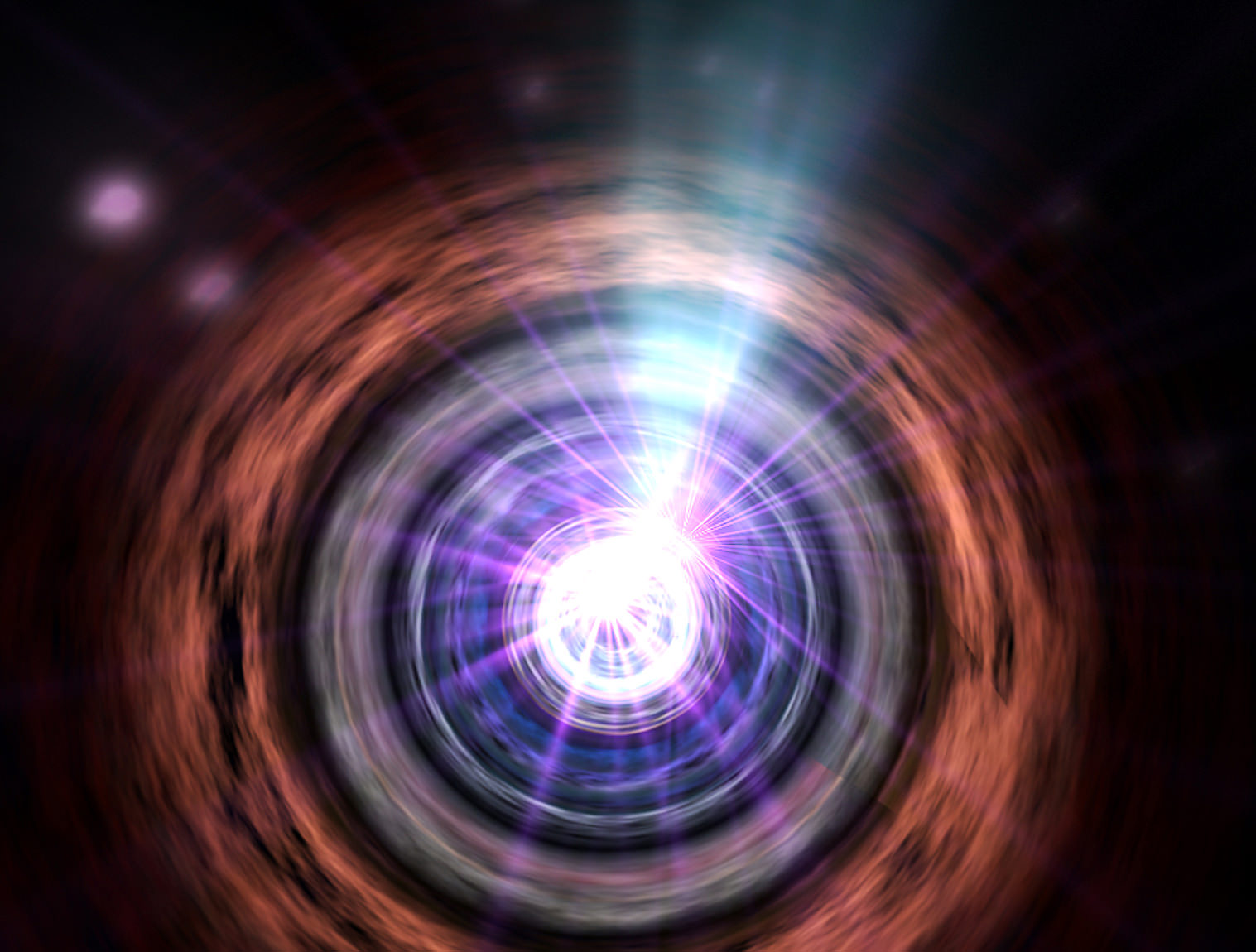Neutrinos are tricky little blighters that are hard to observe. The IceCube Neutrino Observatory in Antarctica was built to detect neutrinos from space. It is one of the most sensitive instruments built with the hope it might help uncover evidence for dark matter. Any dark matter trapped inside Earth, would release neutrinos that IceCube could detect. To date, and with 10 years of searching, it seems no excess neutrinos coming from Earth have been found!
Continue reading “IceCube Just Spent 10 Years Searching for Dark Matter”The Aftermath of Neutron Star Mergers
Neutron stars (NS) are the collapsed cores of supermassive giant stars that contain between 10 and 25 solar masses. Aside from black holes, they are the densest objects in the Universe. Their journey from a main sequence star to a collapsed stellar remnant is a fascinating scientific story.
Sometimes, a binary pair of NS will merge, and what happens then is equally as fascinating.
Continue reading “The Aftermath of Neutron Star Mergers”The Cosmic Neutrino Background Would Tell Us Plenty About the Universe
Readers of Universe Today are probably already familiar with the concept of the Cosmic Microwave Background (CMB). Its serendipitous discovery by a pair of radio astronomers at Bell Labs is the stuff of astronomical legend. Over the past decades, it has offered plenty of insights into the Big Bang and the origins of our universe. But there is another, less well-known background signal that could be just as revolutionary – or at least we think there is. The Cosmic Neutrino Background (CvB) has been posited for years but has yet to be found, primarily because neutrinos are notoriously difficult to detect. Now, a paper from Professor Douglas Scott of the University of British Columbia, developed as part of a summer school on neutrinos held by the International School of AstroParticle Physics in the Italian town of Varenna, discusses what we could potentially learn if we do manage to detect the CvB eventually.
Continue reading “The Cosmic Neutrino Background Would Tell Us Plenty About the Universe”Scientists are Recommending IceCube Should be Eight Times Bigger

The IceCube Neutrino Observatory, operated by the University of Wisconsin-Madison (UW-M), located at the Amundsen–Scott South Pole Station in Antarctica, is one of the most ambitious neutrino observatories in the world. Behind this observatory is the IceCube Collaboration, an international group of 300 physicists from 59 institutions in 14 countries. Relying on a cubic kilometer of ice to shield from external interference, this observatory is dedicated to the search for neutrinos. These nearly massless subatomic particles are among the most abundant in the Universe and constantly pass through normal matter.
By studying these particles, scientists hope to gain insight into some of the most violent astrophysical sources – such as supernovae, gamma-ray bursts, merging black holes and neutron stars, etc. The group of scientists tasked with advising the U.S. government on particle physics research is known as the Particle Physics Project Prioritization Panel (P5). In a recent draft report, “Pathways to Innovation and Discovery in Particle Physics,” the P5 team recommended a planned expansion of IceCube. This recommendation is one of several that define the future of astrophysics and particle physics research.
Continue reading “Scientists are Recommending IceCube Should be Eight Times Bigger”When Stars Consume Their Partners, We Could Detect a Blast of Neutrinos
You might be familiar with the bizarre ritual of the female praying mantis which, I’m told, bites off the head and eats other body parts of the poor male they just mated with. It seems consuming partners is not unheard of. It’s even seen in the lives of stars where binary stars orbit one another closely and one star ultimately consumes the other. If the victim is a neutron star a burst of neutrinos can be generated and a new study reveals they might just be detectable on Earth.
Continue reading “When Stars Consume Their Partners, We Could Detect a Blast of Neutrinos”IceCube Makes a Neutrino Map of the Milky Way
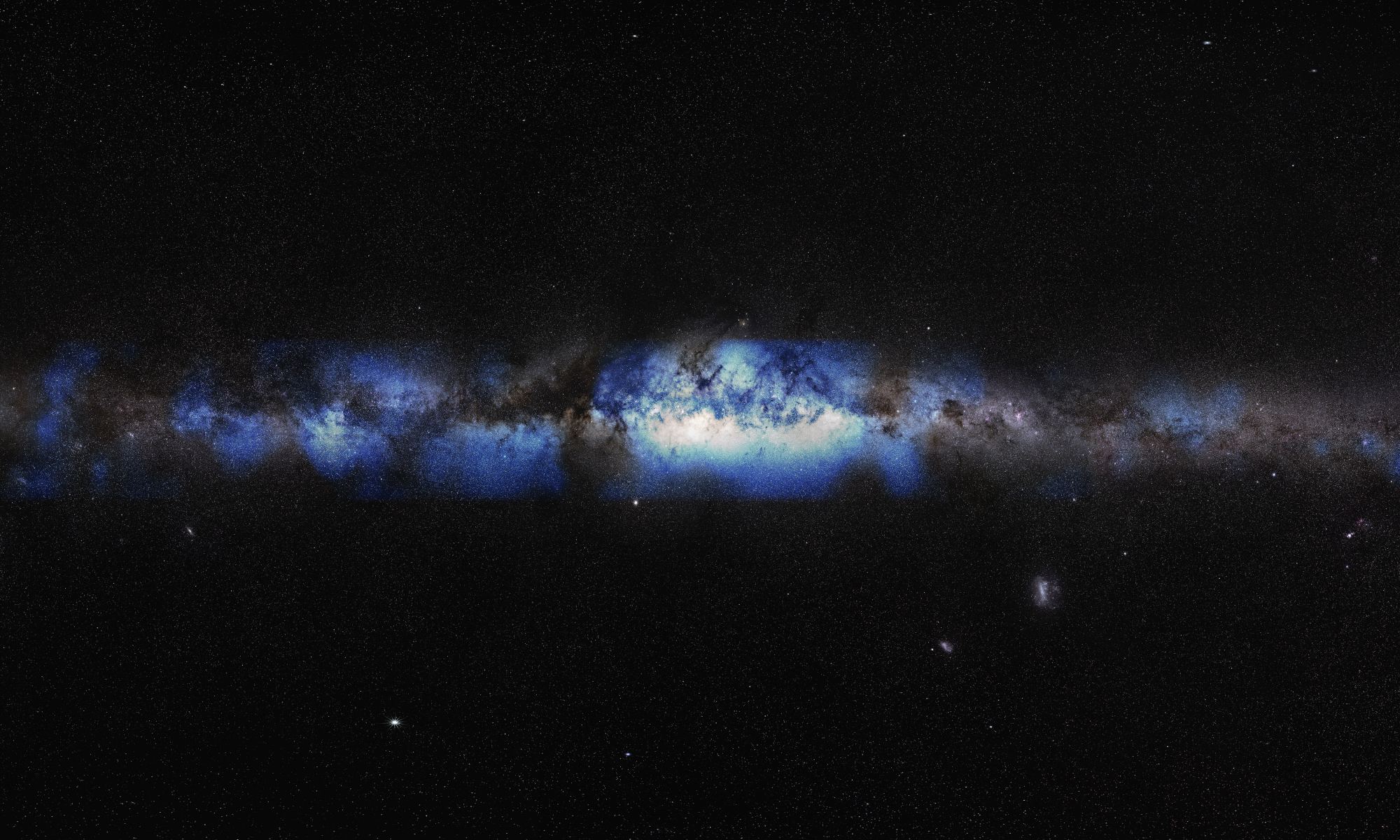
We’ve seen the Milky Way with ultraviolet eyes, through x-ray vision, gamma-ray views, radio emissions, microwaves, and visible light. Now, consider a neutrino point of view. Thanks to the IceCube Collaboration, we get to see our home galaxy through the lens of this mysterious particle. It’s an eerie sight that also tells us our galaxy isn’t quite like the others. It’s a neutrino desert.
Continue reading “IceCube Makes a Neutrino Map of the Milky Way”Plans are Underway to Build a 30 Cubic Kilometer Neutrino Telescope
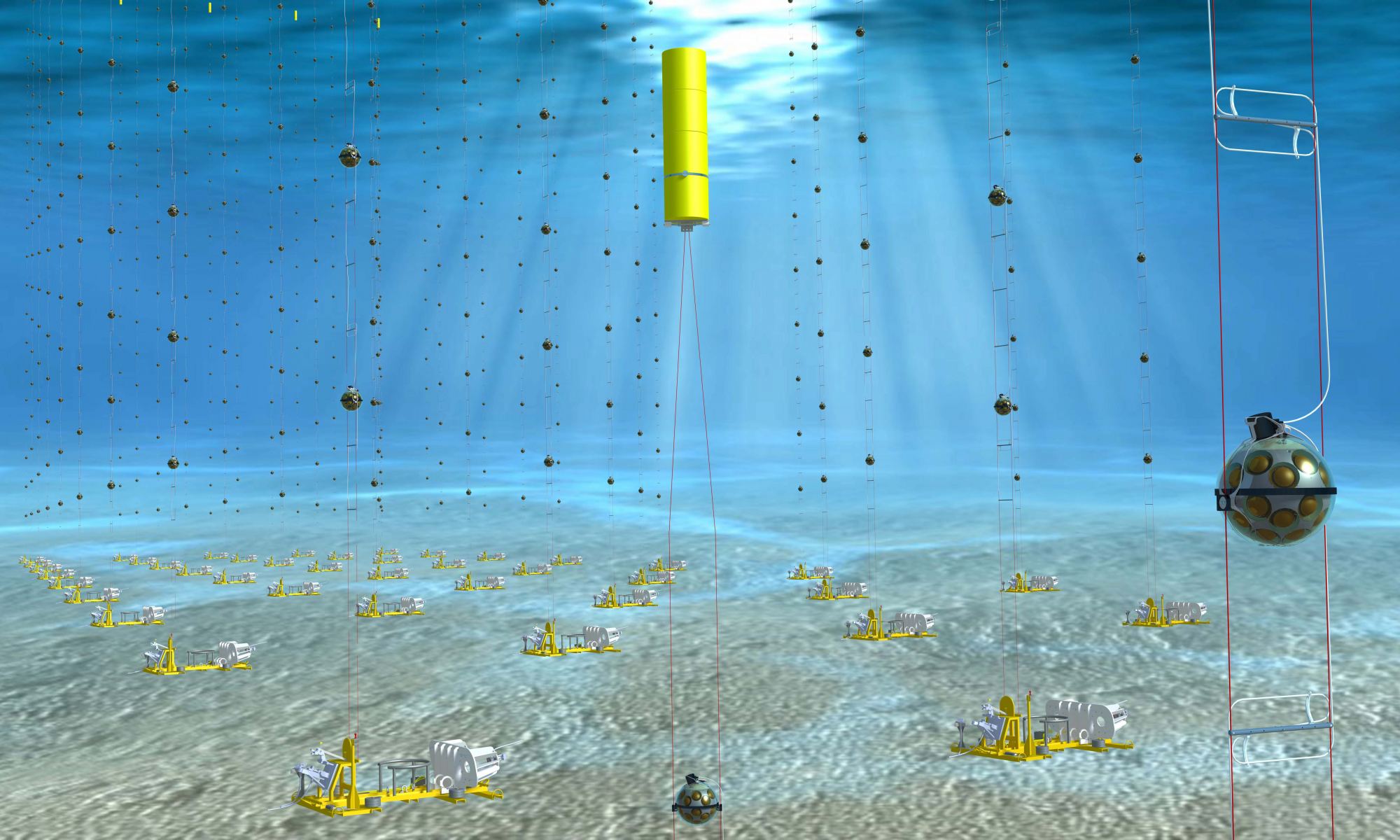
How do astronomers look for neutrinos? These small, massless particles whiz through the universe at very close to the speed of light. They’ve been studied since the 1950s and detecting them provides work for a range of very interesting observatories.
Continue reading “Plans are Underway to Build a 30 Cubic Kilometer Neutrino Telescope”IceCube Senses Neutrinos Streaming From an Active Galaxy 47 Million Light-Years Away
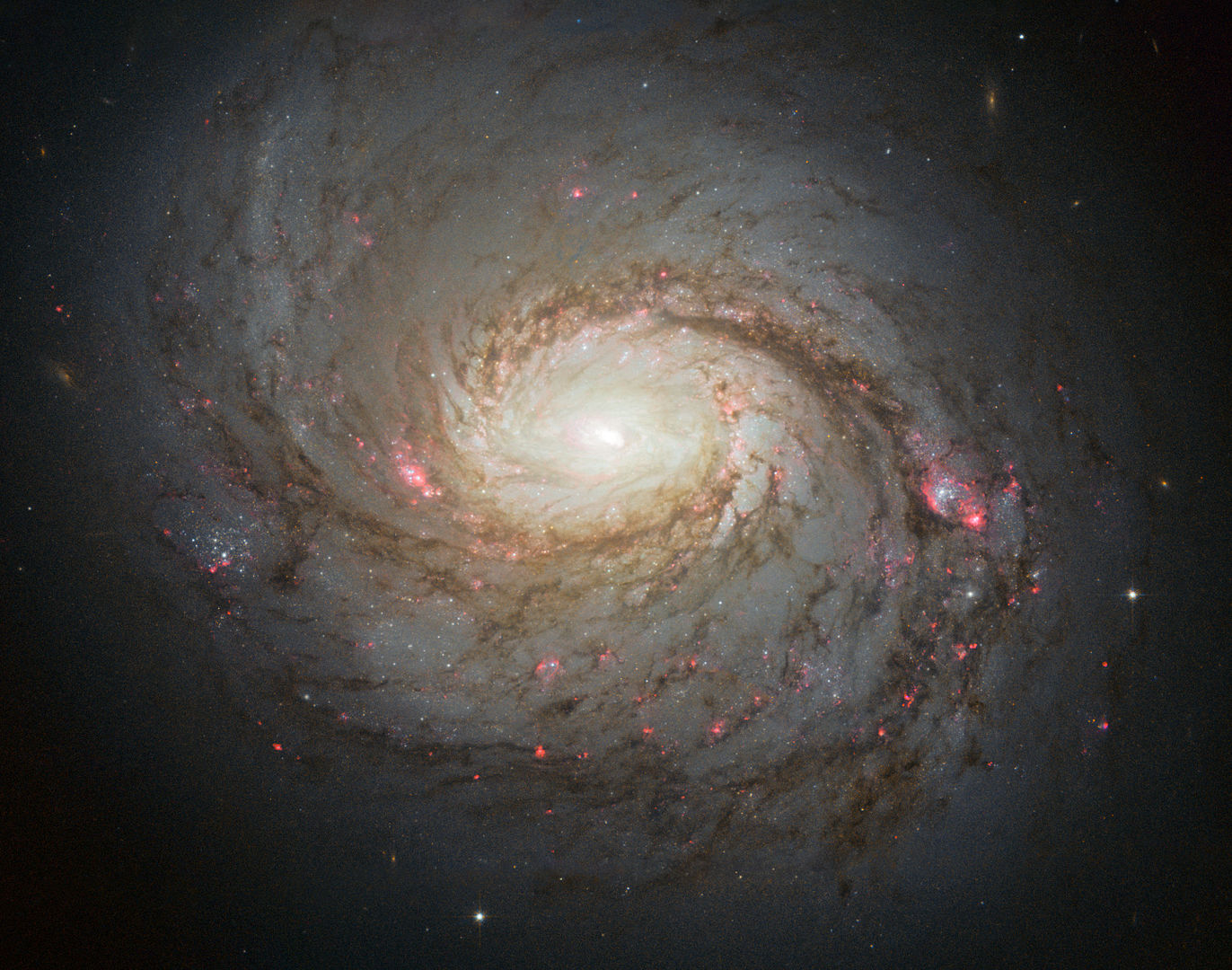
Researchers using the IceCube Neutrino Observatory have detected neutrinos emanating from the energetic core of an active galaxy millions of light-years away. Neutrinos are difficult to detect, and finding them originating from the galaxy is a significant development. What does the discovery mean?
Continue reading “IceCube Senses Neutrinos Streaming From an Active Galaxy 47 Million Light-Years Away”We Finally Know Where the Highest Energy Cosmic Rays are Coming From: Blazars
Way out there in space is a class of objects called blazars. Think of them as extreme particle accelerators, able to marshall energies a million times stronger than the Large Hadron Collider in Switzerland. It turns out they’re the culprits in one of the great astrophysical mysteries: what creates and propels neutrinos across the universe at blazingly fast speeds? It turns out that the answer’s been there all along: blazars pump out neutrinos and cosmic rays. That’s the conclusion a group of astronomers led by Dr. Sara Buson of Universität Wurzburg in Germany came to as they studied data from a very unique facility here on Earth: the IceCube Neutrino Observatory in Antarctica.
Continue reading “We Finally Know Where the Highest Energy Cosmic Rays are Coming From: Blazars”A Mission Concept to fly a Solar Neutrino Detector Close to the Sun
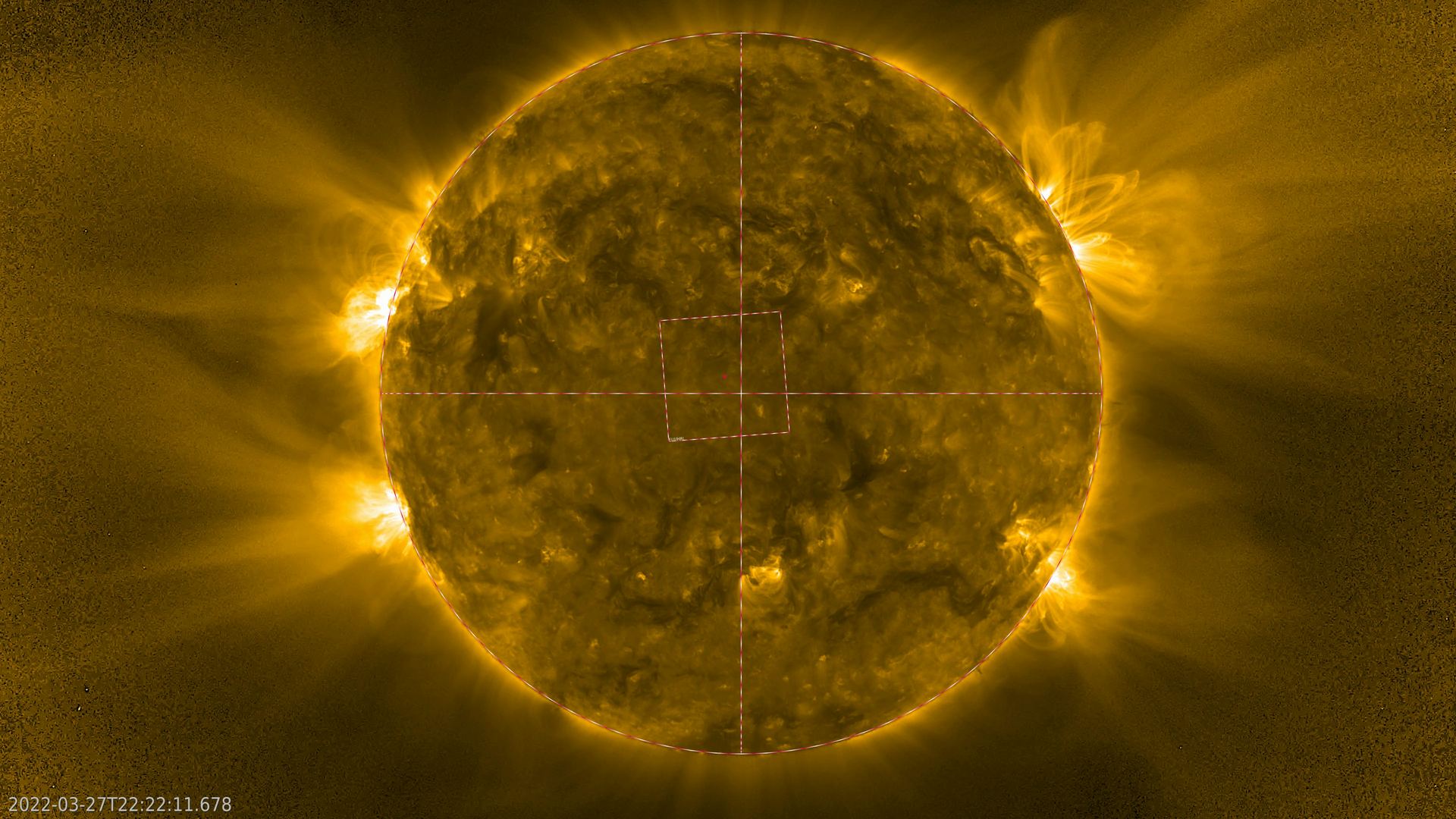
Astronomers have proposed a concept mission to fly a neutrino observatory into orbit around the Sun to get a better picture of what’s happening in the Sun’s core.
Continue reading “A Mission Concept to fly a Solar Neutrino Detector Close to the Sun”

